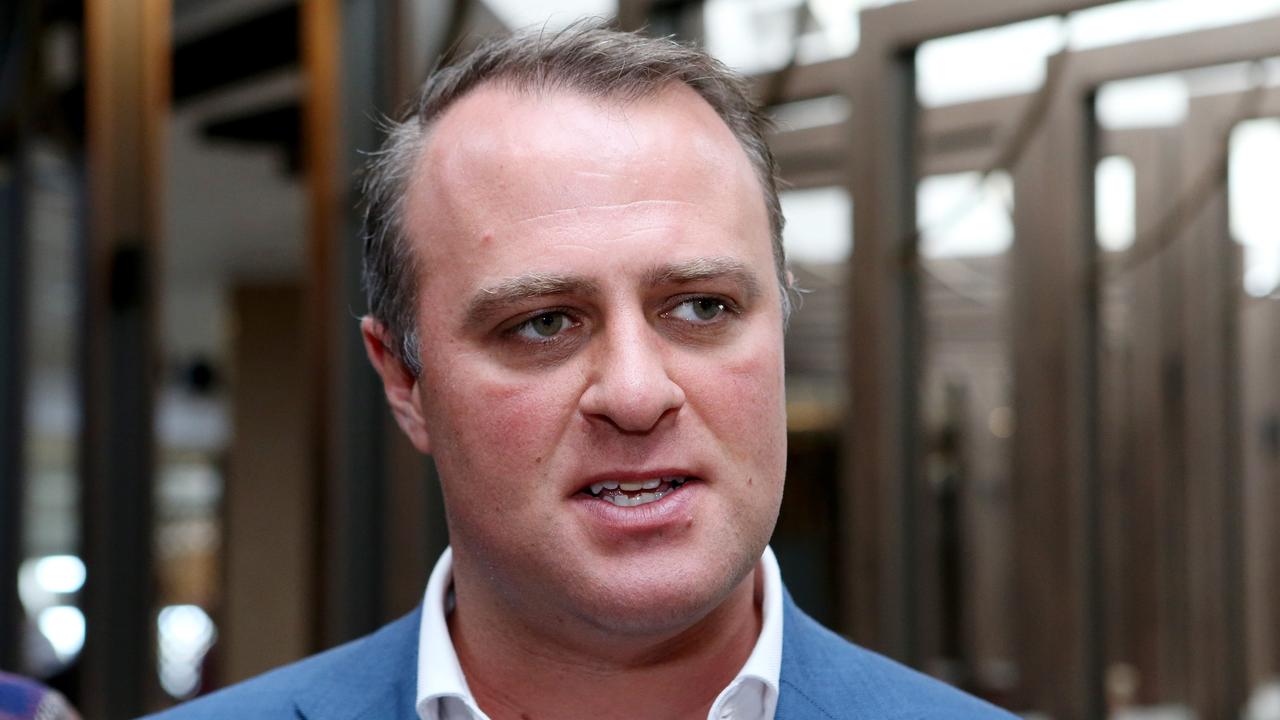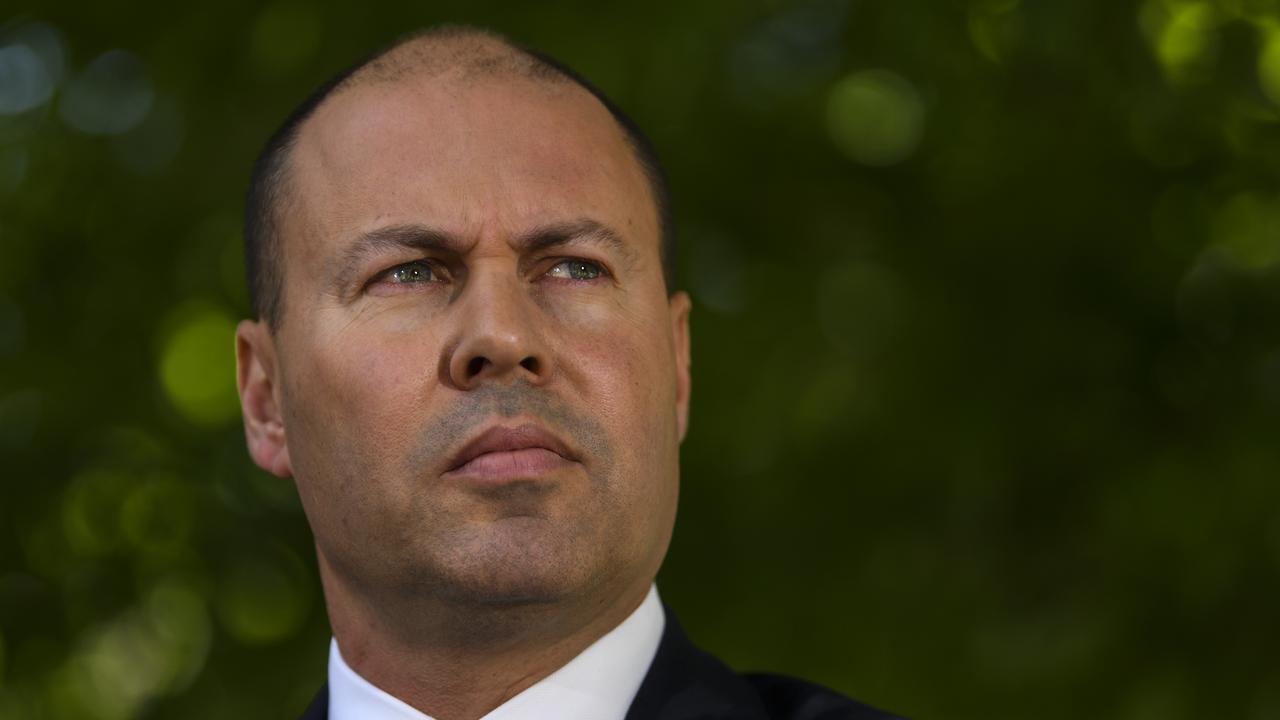$5bn budget hit as NDIS fund dwindles
Scott Morrison is under pressure to find savings of at least $5bn a year in this year’s budget to pay for the NDIS.

Scott Morrison is under pressure to find savings of at least $5 billion a year in this year’s budget to pay for the National Disability Insurance Scheme, as a fund set up by the former Labor government to finance the scheme will start running down from next year and be depleted by 2019-20.
The NDIS, which will finance support services for people with disabilities and their families, is budgeted to cost about $22bn a year once it is fully operational from 2020, or about 1 per cent of GDP, with responsibility divided between the commonwealth and the states.
The main funding for the scheme — the increase in the Medicare levy from 2 per cent to 2.5, which was included in former Labor treasurer Wayne Swan’s final budget, and cuts to other disability programs — will only cover its cost to 2016-17, with a shortfall growing beyond that.
Wayne Swan: NDIS funding woes not my fault
Social Services Minister Christian Porter said yesterday that the government remained fully committed to implementing the NDIS and was working to provide the scheme with sustainable support from savings.
“We are not funding the NDIS gap from borrowings or by raising more income tax or any other general levy,” Mr Porter said.
The prospect of deficits stretching into the next decade led Future Fund chairman and former treasurer Peter Costello to caution yesterday against his own fund being run down to cover shortfalls.
“On one view, if you draw down heavily and there were large unfunded liabilities, you’d exhaust your capital over a period of time,” Mr Costello said. “On another view, you could have a permanent life and still make some contribution to the government.”
This year will be the first time that the full cost of the NDIS is reflected in the budget forward estimates which will cover the four years to 2019-20. The shortfall will keep rising beyond that, with Finance Minister Mathias Cormann saying it is expected to reach $8bn by 2028-29.
Deloitte Access Economics partner Chris Richardson said that with the increase in the Medicare levy and cuts to other disability programs failing to cover the cost, other savings would have to be found.
“The problem is that the cost of the scheme takes off like a rocket but the revenue from the Medicare levy increase and cuts to other disability services follow a flat line — that only works for a while,” Mr Richardson said.
He said that while there was a strong argument that a rich nation such as Australia should have a scheme such as the NDIS, the community had to accept the need to pay for it either through cuts to other spending or through increased revenue.
The cost of the scheme escalates rapidly from $1.1bn this year, to $4.3bn next and $19.2bn by 2018-19. An analysis of the cost, prepared by University of Sydney professor Richard Madden, shows that the increase in the Medicare levy and cuts to existing disability programs will exceed the costs of the scheme by $6.5bn in the start-up phase through to 2016-17.
Under arrangements established by Mr Swan in his final budget, this excess is put into a fund — the Disability Care Australia Fund — to cover future NDIS costs. However, the fund has little effect on the hit to the budget from the NDIS, with drawings counted as budget spending.
The budget does not treat funds as if they were drawing on savings. Mr Richardson said the main effect of introducing the Medicare levy increase before the start-up was to make the government’s finances look better across the forward estimates in Mr Swan’s 2013-14 budget.
The only real benefit of the fund was the earnings it generated, which the University of Sydney study suggests will total about $1bn over the six years it takes before it is emptied.
The study shows that the federal share of the Medicare levy increase will rise from $2.9bn this year to $3.5bn by 2019-20.
As the scheme is rolled out, the commonwealth will cut its funding to states for existing disability services as they are rolled into the NDIS. The Sydney University study suggests this will save $2.1bn by 2018-19, rising to $3.4bn in the following year. However, the federal share of the NDIS costs will be up to $11bn by 2018-19.
Mr Porter said the rollout of the full scheme from the pilot programs undertaken would demand close management.
“It is critical to watch and control the transition to the full scheme with great attention to ensure that it develops both in a timely fashion and inside the estimated budget parameter,” he said.
“Combined with other existing disability spending, we have been left with a 2019-20 funding gap of over $5bn which we will fill.”
He noted that the National Disability Insurance Agency had concluded in its November 2015 report that the current trial had been operating within budget and with high levels of participant satisfaction.
Mr Costello used the unveiling of the Future Fund’s annual return yesterday to urge that it be made a permanent institution, rather than be allowed to run down. He established the fund in 2005 to finance the superannuation benefits of retired public servants who were members of defined benefit funds, guaranteeing them a share of their final income for life.
The fund is concerned that the government would whittle it away if it sought to cover all super benefits from its reserves: “We have started discussions with the government on that process.”





To join the conversation, please log in. Don't have an account? Register
Join the conversation, you are commenting as Logout